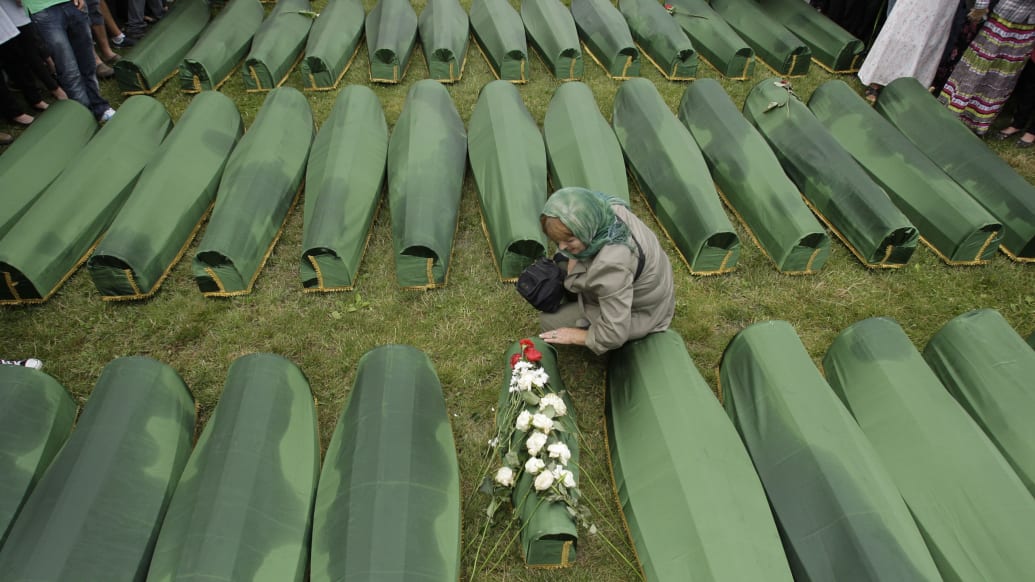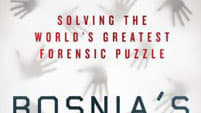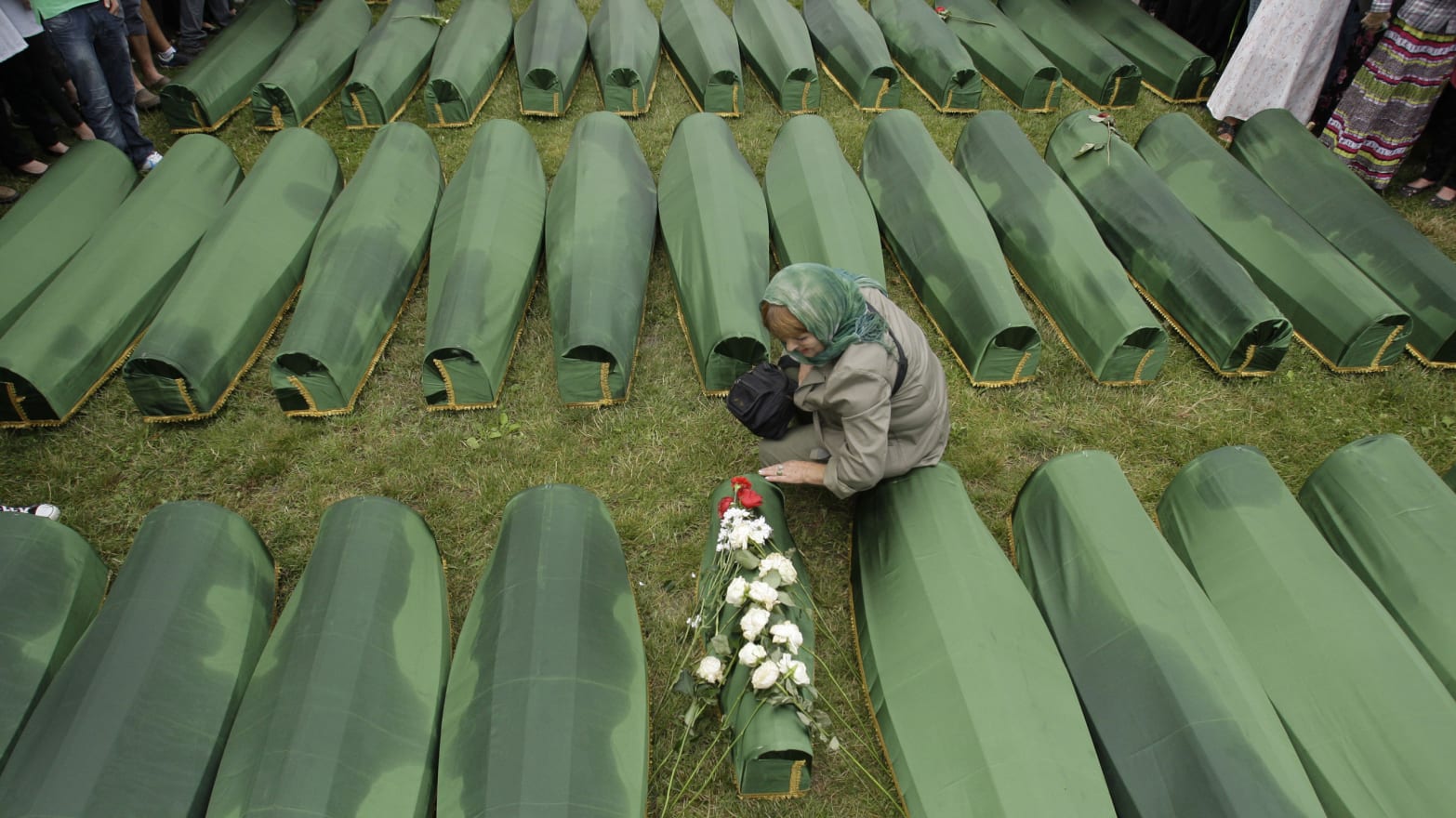On July 11, 1995 an extermination took place in the small mountainous Yugoslavian town of Srebrenica over six days, when an estimated 8,100 Muslim men and boys were murdered by Bosnian Serb forces. It was the worst systematic slaughter to happen in Europe since the Second World War. These perverse crimes were carried out in the name of a warped dystopian vision as laid out by Slobodan Milosevic: to create an ethnically pure “greater Serbia.”

Between 1992 and 1995, 100,000 died in the conflict, 2 million were displaced from their homes—half the population of the entire country—and a further 30,000 were reported missing. These figures fail to account for the unspeakable episodes of rape, mutilation and torture.
Unlike Germany post 1945, there has been no official admission of wrongdoing from the Bosnian Serbs since the war has ended.
But as the 21st century approached, forensic evidence meant the real history of this war could be told.
In Bosnia’s Million Bones: Solving the World’s Greatest Forensic Puzzle, Christian Jennings, a freelance British foreign correspondent, recalls how scientific and humanitarian efforts helped piece together a complex puzzle, though it would take nearly two decades.

Just days after the Srebrenica atrocity, evidence was being accumulated in the International Criminal Tribunal for the Former Yugoslavia (ICTY). Photographs taken at 60,000 feet by the U.S. Air Force showed hundreds of captured men from Srebrenica sitting in a football field in the small farming village of Nova Kasaba. Two days later, the men had vanished. Indictments were issued against Bosnian Serb generals for genocide.
But the snail’s pace of the UN court in The Hague allowed the killers to return to the mass graves and rebury their victims.
Moving these bodies was an industrial operation. Some 100,000 kilograms of decomposed corpses were transported to an estimated 30 secondary burial sites. These were then spread over a 300-mile radius, covered in ravines, gorges and pine forests.
Each human being possesses an average of 206 bones in their skeleton. With 8,100 people reported missing after the fall of Srebrenica, around 1,668,000 bones would have to be dug up if those who vanished were to be properly identified.
It seemed an impossible task.
That is until the experts arrived. In 1998 a British archaeologist, Ian Hanson, and his team started excavating the mass graves at Srebrenica. They began working at a site that showed—from the aerial photographs provided by the U.S. government three years earlier—that rocks and soil on the location had been disturbed.
As most of victims of Srebrenica were shot in the head at close range, Hanson and his team began looking for backspray of cranial fragments. They drew orange flags around these patterns, where the victims were potentially standing, and began digging. This process led to the discovery of several mass graves.
But one question still remained unanswered: how would these scattered bones be identified?
The International Commission on Missing Persons (ICMP) decided that taking thousands of DNA samples from several relatives of each victim would be the most accurate method to use. The results were phenomenal.
In November 2001 a 15-year-old boy was the first person to be identified, using DNA matches, from a grave at Srebrenica. By February 2013 the ICMP reported 6,850 successful DNA matches from the estimated 8,100 reportedly killed in the massacre at Srebrenica. This is a staggering result when one considers that it was not uncommon for a single victim’s remains to be scattered across four separate graves at one time.
In early 2013 the ICMP supported the ICTY with evidence in a number of high profile cases relating to war crimes across the former Yugoslavia.
According to Jennings, the ICMP expects the forensic evidence that has worked hitherto to also be used in the cases of two suspected Bosnian Serb war criminals, Radovan Karadzic and Ratko Mladic. Both are on trial for genocide.
But the concluding chapter in the story of the Bosnian War has yet to be written. On Nov. 1 another mass grave was discovered at Tomasica in north-western Bosnia, where there is believed to be the remains of up to 1,000 bodies.
With the help of scientific evidence, perseverance, and a trust in the power of justice, hopefully the history of this country can finally be written accordingly.
